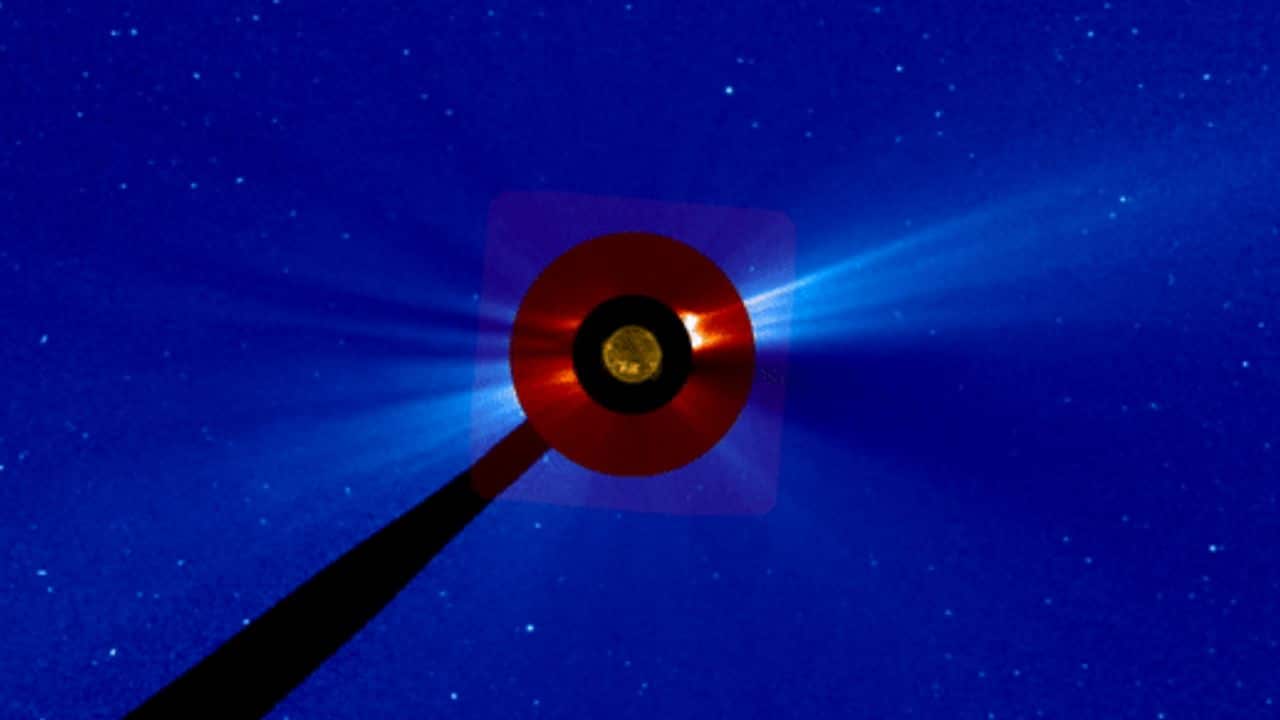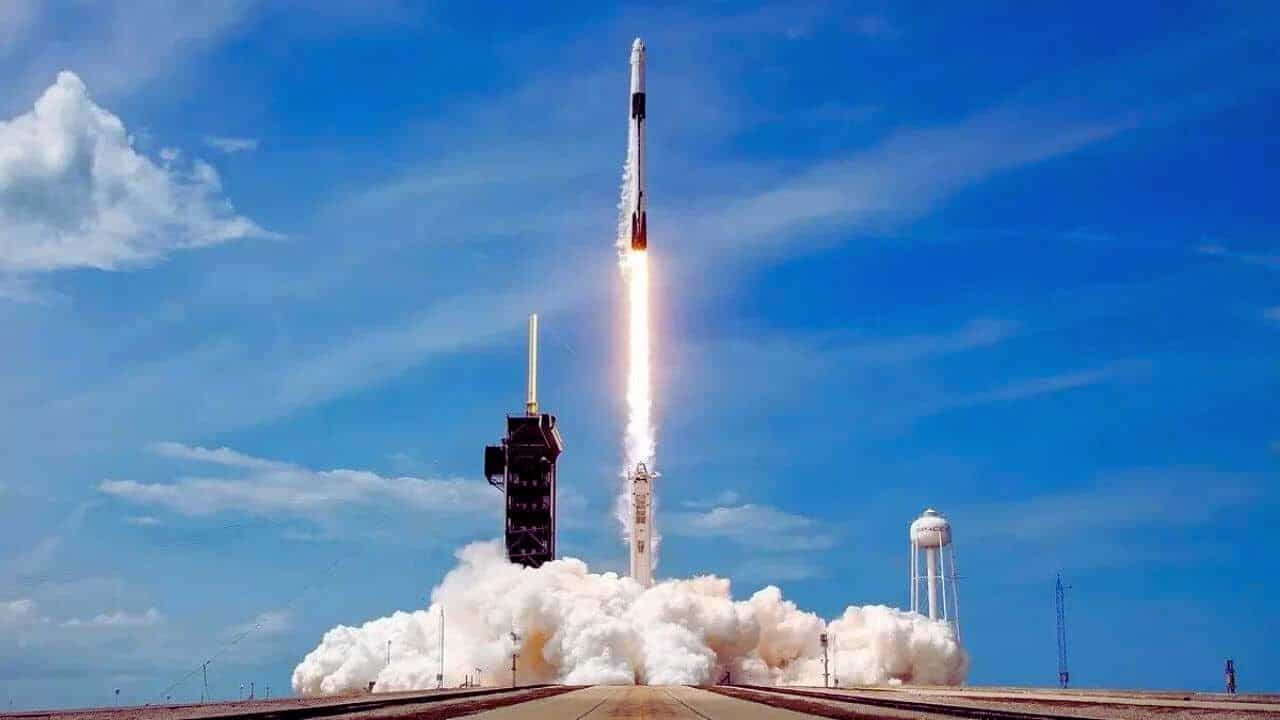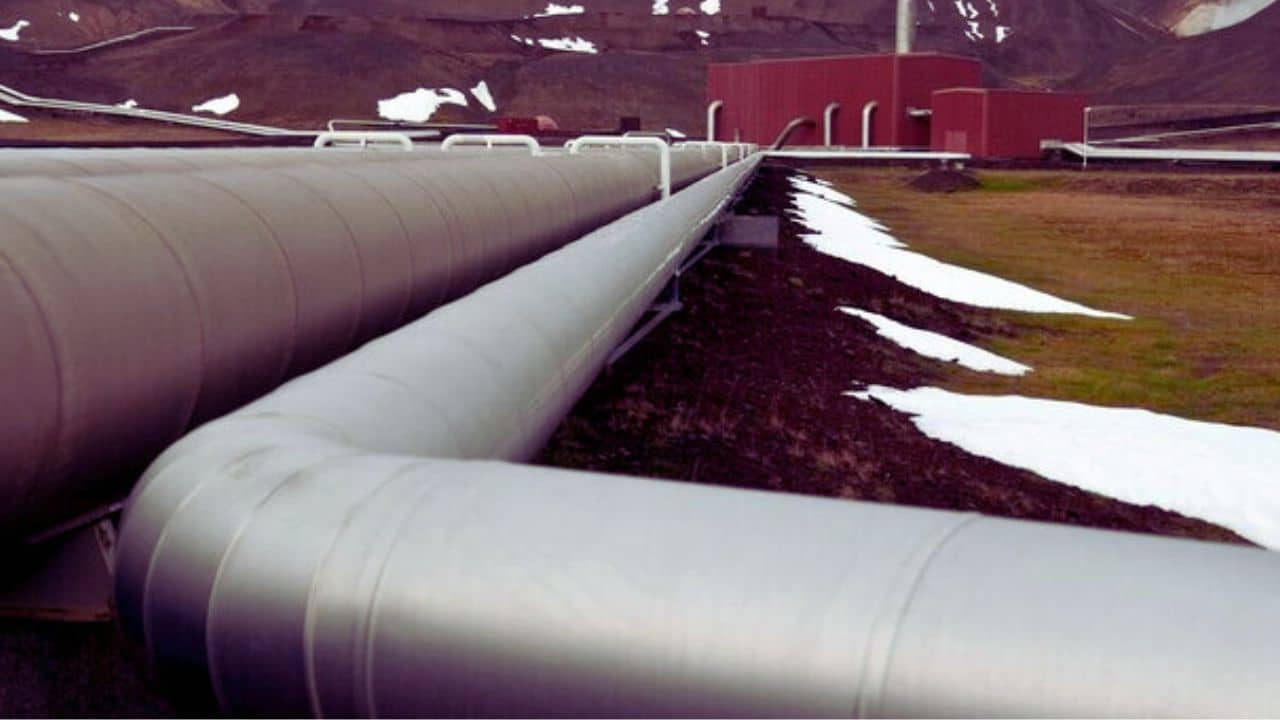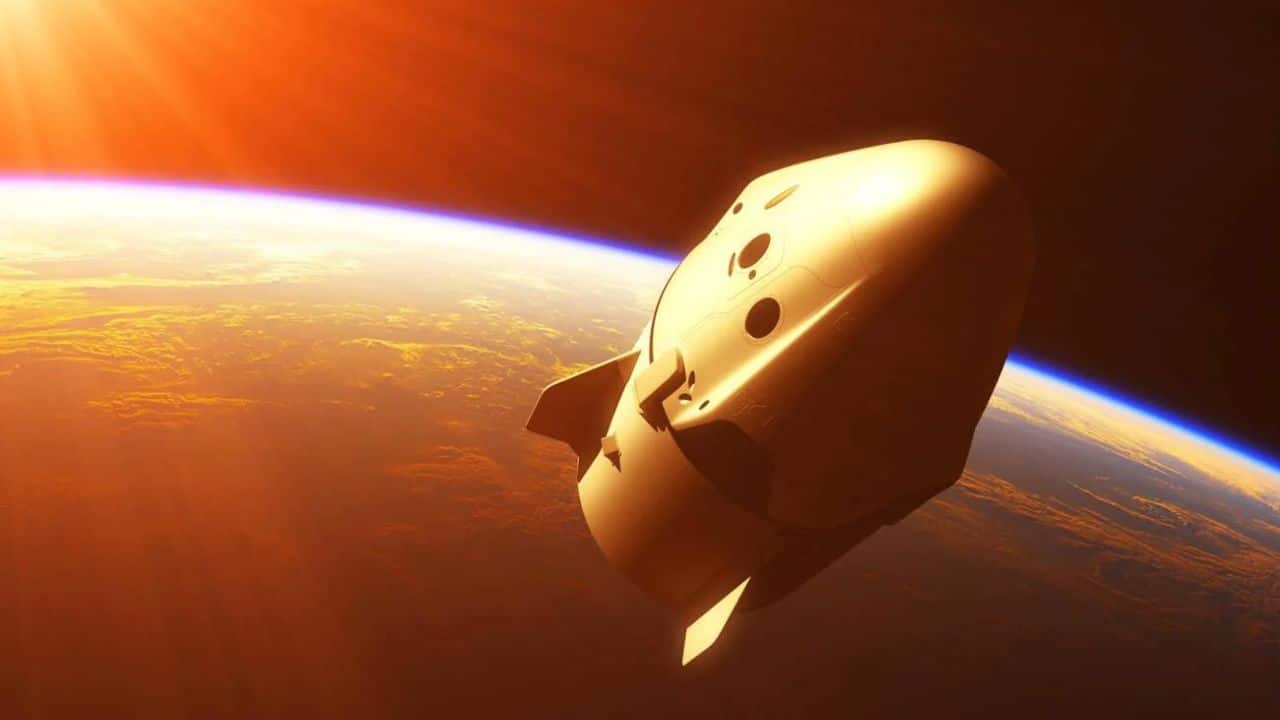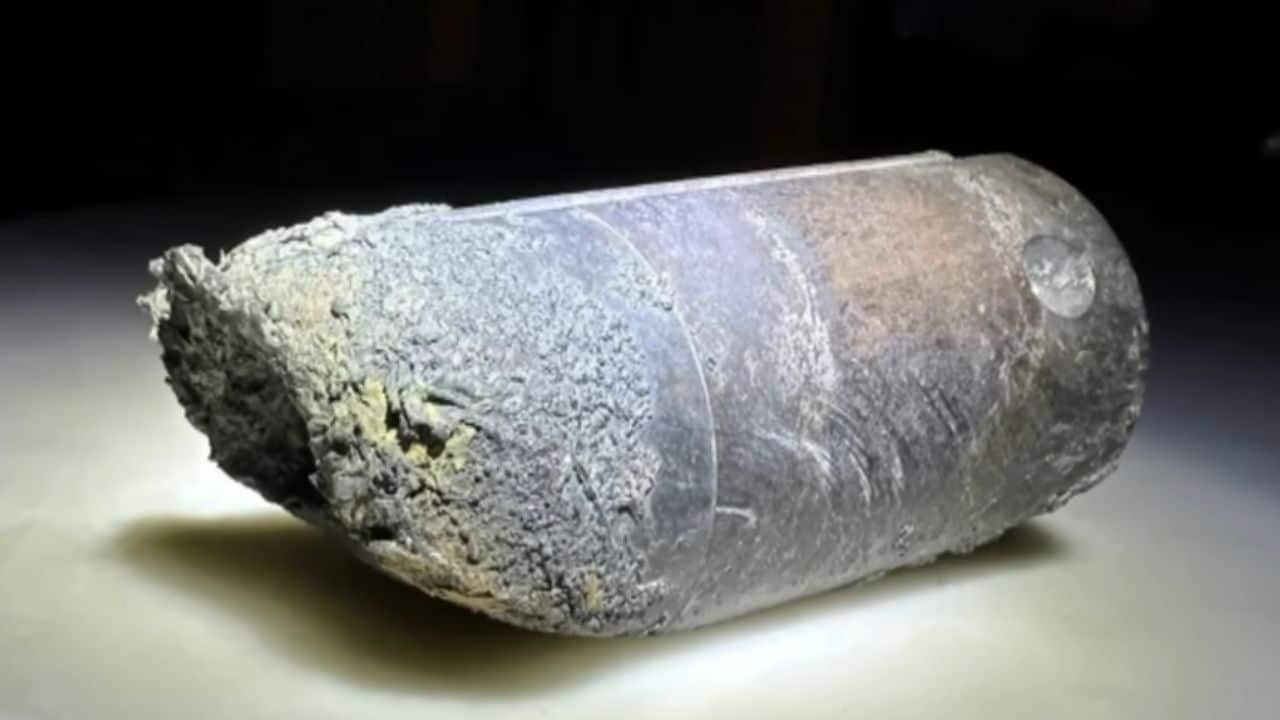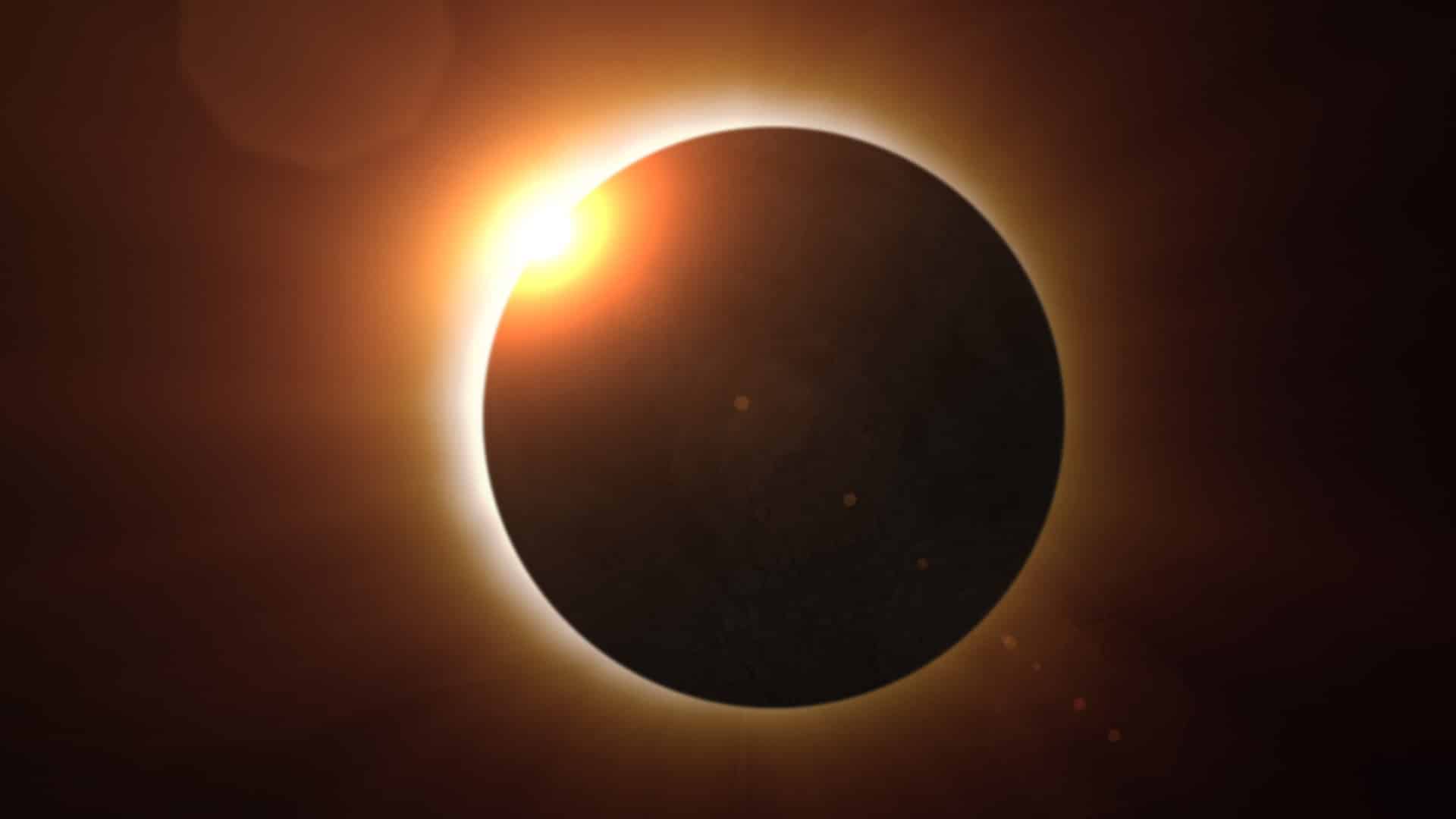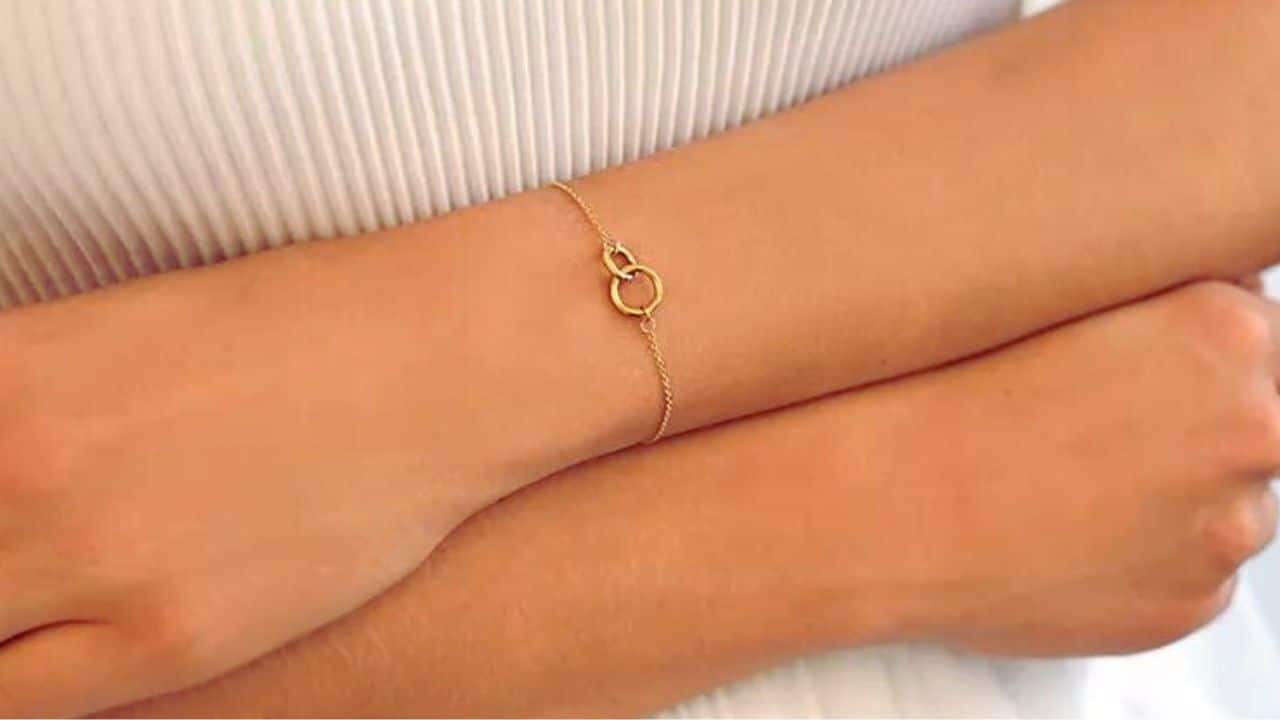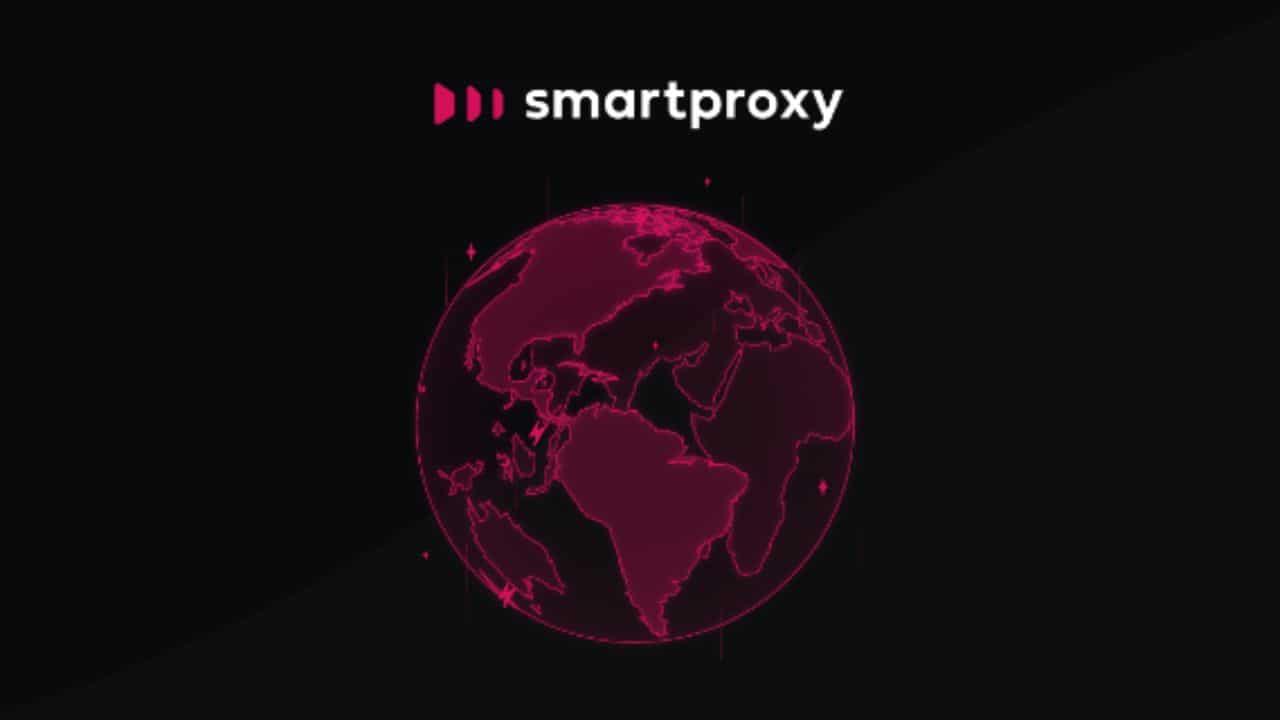The sun, while the bringer of life to our planet, can also pose a serious threat, especially when it acts up. Aside from concerns about climate change, the sun is notorious for its unpredictable and sometimes explosive behavior. We’re not talking about the consistent warmth and light it gives off, but rather massive bursts of plasma known as coronal mass ejections or CMEs. One such event recently caught the attention of scientists, as it was observable not just from Earth, but also from the moon and Mars.
The specific CME happened on October 28, 2021. Picture an enormous blob of plasma violently spewing out of the sun’s corona, or outer layer, and sailing across the solar system. This particular CME was so expansive that it reached both Earth and Mars, even though they were 150 million miles apart and on opposite sides of the sun. We got snapshots of the event thanks to NASA and the European Space Agency (ESA)’s SOHO solar mission. If you’re curious, you can see an animated version of the ejection on the ESA’s website.
The issue with CMEs is that they pack a punch. They send out particles that, when they collide with Earth, can pose risks to people and electronics alike. Luckily, Earth’s magnetic field shields us from most of this radiation, but for astronauts in space, the danger is far more real.
As space agencies plan for more human exploration beyond low-Earth orbit, it becomes more critical to understand how this solar radiation can impact the human body, whether during trips to the moon or Mars. This radiation can also mess with satellites, leading to disruptions in communication, which falls under the umbrella of ‘space weather’.
The 2021 CME gave researchers a unique opportunity to see how the radiation from the solar event influenced Mars’ environment, with data coming from orbiting missions like the Trace Gas Orbiter (TGO) and rovers like Curiosity. This invaluable data will help us figure out how much protection future space travelers will need to withstand these harsh conditions.
“Space radiation isn’t just a hypothetical danger—it’s a real obstacle to our cosmic ambitions,” said Colin Wilson, TGO project scientist. “Understanding how radiation events impact the solar system through data from robotic missions like ExoMars TGO is absolutely crucial if we want to prepare for long-duration, crewed missions. We need this knowledge to ensure we can best protect our future explorers.”
Read Also: 10 Upcoming Space Missions in 2023


